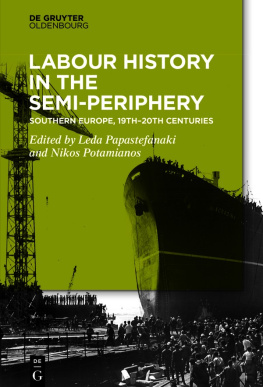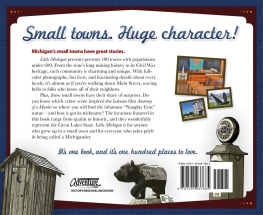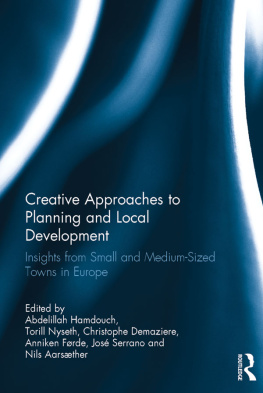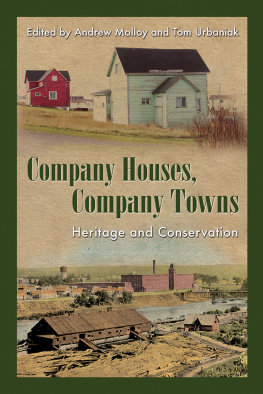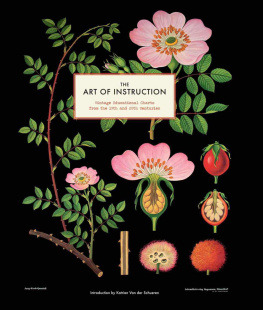Luda Klusáková - Small towns in Europe in the 20th and 21st centuries. Heritage and development strategies.
Here you can read online Luda Klusáková - Small towns in Europe in the 20th and 21st centuries. Heritage and development strategies. full text of the book (entire story) in english for free. Download pdf and epub, get meaning, cover and reviews about this ebook. City: Praha, year: 2018, publisher: Karolinum Books, genre: Politics. Description of the work, (preface) as well as reviews are available. Best literature library LitArk.com created for fans of good reading and offers a wide selection of genres:
Romance novel
Science fiction
Adventure
Detective
Science
History
Home and family
Prose
Art
Politics
Computer
Non-fiction
Religion
Business
Children
Humor
Choose a favorite category and find really read worthwhile books. Enjoy immersion in the world of imagination, feel the emotions of the characters or learn something new for yourself, make an fascinating discovery.

- Book:Small towns in Europe in the 20th and 21st centuries. Heritage and development strategies.
- Author:
- Publisher:Karolinum Books
- Genre:
- Year:2018
- City:Praha
- Rating:5 / 5
- Favourites:Add to favourites
- Your mark:
- 100
- 1
- 2
- 3
- 4
- 5
Small towns in Europe in the 20th and 21st centuries. Heritage and development strategies.: summary, description and annotation
We offer to read an annotation, description, summary or preface (depends on what the author of the book "Small towns in Europe in the 20th and 21st centuries. Heritage and development strategies." wrote himself). If you haven't found the necessary information about the book — write in the comments, we will try to find it.
Luda Klusáková: author's other books
Who wrote Small towns in Europe in the 20th and 21st centuries. Heritage and development strategies.? Find out the surname, the name of the author of the book and a list of all author's works by series.
Small towns in Europe in the 20th and 21st centuries. Heritage and development strategies. — read online for free the complete book (whole text) full work
Below is the text of the book, divided by pages. System saving the place of the last page read, allows you to conveniently read the book "Small towns in Europe in the 20th and 21st centuries. Heritage and development strategies." online for free, without having to search again every time where you left off. Put a bookmark, and you can go to the page where you finished reading at any time.
Font size:
Interval:
Bookmark:


- Preface
Lua Kluskov - Small Towns as a European Cultural Heritage. Introduction
Lua Kluskov and Marie-Vic Ozouf-Marignier - Performing the Past: Identity, Civic Culture and Historical Pageants in Twentieth-Century English Small Towns
Angela Bartie, Linda Fleming, Mark Freeman, Tom Hulme and Paul Readman - The architectural rhythm of a small town is very familiar to us. A Small Town as an Aesthetic Ideal of the Twentieth Century
Martin Horek - Strategies of Manufacturing the Tourist Experience in a Small Town: Local Community and Symbolic Construction in Myshkin
Greg Yudin and Yulia Koloshenko - Urban Cores and Urban Identity: Appropriating and Rejecting a Citys History. The Case of Rethymno
Olga Moatsou - Miraculous Equilibrium. Keys for a Sustainable Network of Small South Iberian Cities
Blanca Del Espino Hidalgo - Concluding remarks
Lua Kluskov and Marie-Vic Ozouf-Marignier
- Contents
Font size:
Interval:
Bookmark:
Similar books «Small towns in Europe in the 20th and 21st centuries. Heritage and development strategies.»
Look at similar books to Small towns in Europe in the 20th and 21st centuries. Heritage and development strategies.. We have selected literature similar in name and meaning in the hope of providing readers with more options to find new, interesting, not yet read works.
Discussion, reviews of the book Small towns in Europe in the 20th and 21st centuries. Heritage and development strategies. and just readers' own opinions. Leave your comments, write what you think about the work, its meaning or the main characters. Specify what exactly you liked and what you didn't like, and why you think so.

